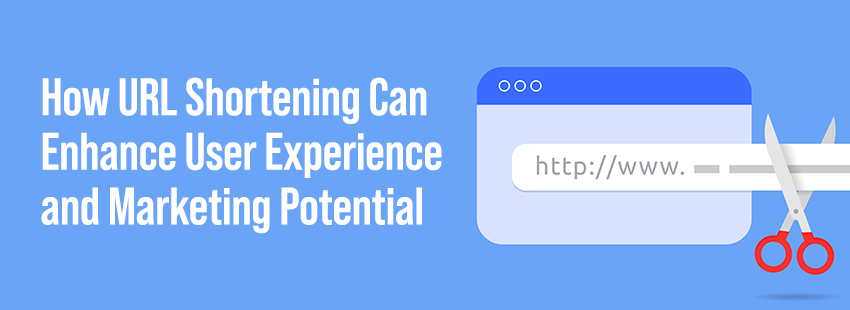10 Best Practices for Crafting an Ideal Customer Profile
Creating and maintaining an Ideal Customer Profile (ICP) is crucial for any business aiming to maximize its marketing efforts and enhance customer satisfaction. An effectively curated ICP can significantly contribute to lead generation, targeted marketing campaigns, and improved sales conversions. In this blog post, we’ll explore the top 10 best practices for building or obtaining a comprehensive Ideal Customer Profile.
- Define Clear Objectives: Begin by establishing the purpose of your Ideal Customer Profile. Identify your business goals, target market, and the specific outcomes you intend to achieve. Clearly defining your objectives will guide the subsequent steps in the ICP creation process.
- Cost Analysis: Evaluate the cost associated with obtaining or building your Ideal Customer Profile. Consider the expenses involved in data acquisition, software tools, and personnel. It’s essential to strike a balance between the quality of data and the financial investment required.
- Quantity vs. Quality: Prioritize quality over quantity when it comes to compiling your customer list. Focus on gathering accurate and relevant information about your potential customers rather than accumulating a vast number of leads. A smaller, high-quality list is more likely to result in meaningful engagement.
- Validation of Contact Information: Ensure the accuracy of contact details within your Ideal Customer Profile. Regularly validate and update the information to avoid wasting resources on outreach to incorrect or outdated contacts. Utilize validation tools and processes to maintain data integrity.
- Segmentation Strategies: Divide your customer base into segments based on relevant criteria such as demographics, buying behavior, or industry. Segmentation allows for targeted marketing efforts, personalized communication, and a better understanding of your customer base’s diverse needs.
- Legal Compliance: Adhere to legal and ethical standards when building or obtaining your Ideal Customer Profile. Familiarize yourself with data protection regulations such as GDPR or CCPA to ensure that your data collection and usage practices are compliant and respect customer privacy.
- Regularly Review and Update: Markets, industries, and customer behaviors evolve over time. It’s imperative to regularly review and update your Ideal Customer Profile to reflect these changes. Keep your information current to maintain relevance and adapt to shifting market dynamics.
- Collaboration between Sales and Marketing: Foster collaboration between your sales and marketing teams in the ICP creation process. Aligning these two crucial departments ensures that the profile reflects the expectations and requirements of both sides, resulting in more effective lead generation and conversion strategies.
- Utilize Customer Feedback: Incorporate feedback from existing customers into your Ideal Customer Profile. Their insights can provide valuable information about the customer experience, preferences, and pain points, enhancing the accuracy and effectiveness of your profile.
- Integration with CRM Systems: Integrate your Ideal Customer Profile seamlessly with your Customer Relationship Management (CRM) system. This integration streamlines your marketing and sales processes, making it easier to manage and leverage customer data for targeted campaigns.
Crafting an Ideal Customer Profile is a dynamic and iterative process that requires attention to detail, ongoing refinement, and a commitment to ethical practices. By following these ten best practices, businesses can build or obtain an ICP that serves as a strategic tool for driving growth, increasing customer satisfaction, and ultimately achieving long-term success.





